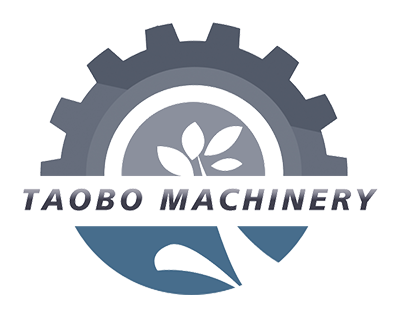The core workflow of a wind-screen cleaning machine for pumpkin seeds involves three main steps: wind separation to remove light impurities, screening and grading, and a second wind separation for purification. This achieves efficient separation of pumpkin seeds from impurities.
This process is scientifically designed. First, wind power removes the most easily separated light impurities. Then, a screen precisely distinguishes materials of different sizes. Finally, a second wind separation ensures purity. The logic is very clear.
1. Pre-processing: Material pretreatment and equipment debugging
Before the actual cleaning process, two basic tasks need to be completed, which directly affect the cleaning effect.
Material pretreatment: Manually remove large impurities from the pumpkin seeds, such as unshelled pumpkin segments, stones, and clumps of soil. These impurities may clog the screen or damage the equipment and must be removed beforehand.
Equipment parameter debugging: Based on the actual size of the pumpkin seeds (usually 8-12mm in diameter) and the amount of impurities, replace the screen with a matching one (generally a round-hole screen with a aperture slightly smaller than the normal pumpkin seed diameter). Simultaneously, adjust the fan airflow to ensure that light impurities are blown away without blowing away qualified pumpkin seeds.
2. Core Cleaning Process: Three Steps to Purification
Throughout the entire process, pumpkin seeds pass through air separation and screening modules, gradually separating different types of impurities.
Step 1: Initial Air Separation (Removing Light Impurities) Pre-treated pumpkin seeds are fed into the air separation channel of the equipment by an elevator.
A fan generates a stable airflow, utilizing the weight difference between the heavier pumpkin seeds and lighter impurities (such as pumpkin pulp fragments, dust, and shriveled seed shells), blowing the lighter impurities towards the collection bag.
Heavier pumpkin seeds and some heavy impurities (such as small stones) continue to fall and enter the screening module.
Step 2: Screening and Grading (Removing Large and Small Impurities) The material enters a multi-layer vibrating screen box, where it is graded and screened through screens of different sizes. This is the key step in separating impurities of different sizes.
Upper Screen: Primarily separates “large impurities,” such as unbroken pumpkin skin and clumps of material. Impurities larger than the screen openings are trapped and discharged from the side large impurity outlet.
Middle Screen: Screens for “qualified pumpkin seeds.” Pumpkin seeds that meet the particle size requirements pass through the sieve holes and fall onto the lower sieve surface; slightly smaller, shriveled seeds and small impurities continue downwards.
Lower sieve: Separates “small impurities,” such as fine sand and broken seed shells. Small impurities smaller than the sieve holes are sieved down and discharged from the small impurity outlet at the bottom; the small number of substandard seeds remaining on the lower sieve can be collected and processed separately.
Third step: Secondary air separation (purification). The qualified pumpkin seeds that have passed the initial screening will undergo a second air separation to remove any remaining small amounts of light impurities (such as fine pumpkin pulp fibers), further improving purity.
Pure pumpkin seeds are discharged from the final product outlet, completing the entire cleaning process.
Post time: Oct-30-2025







